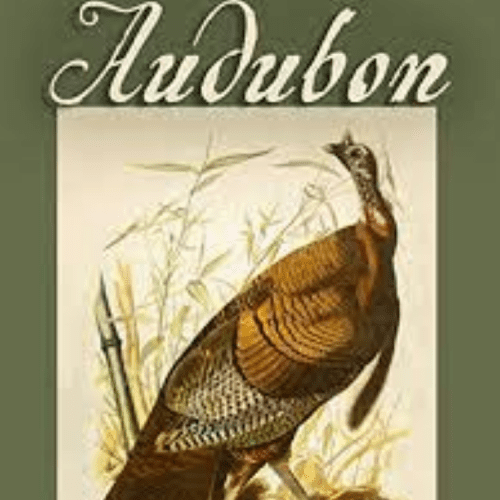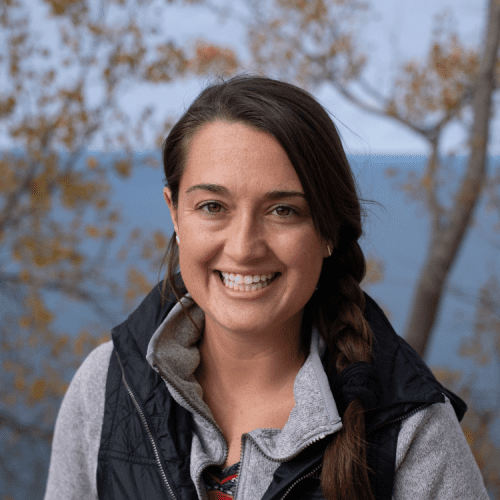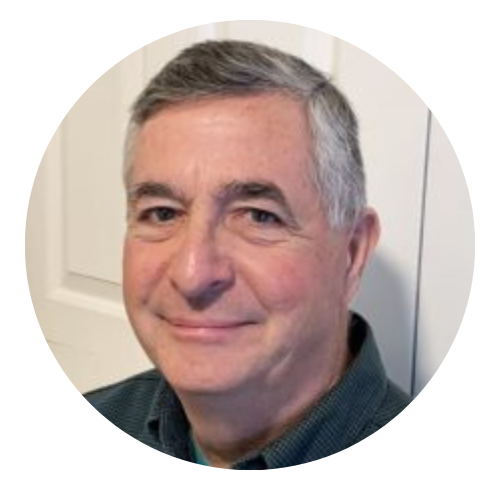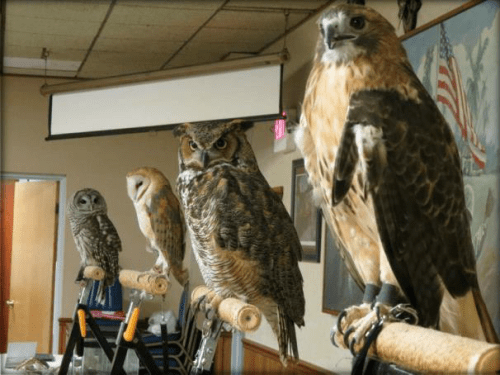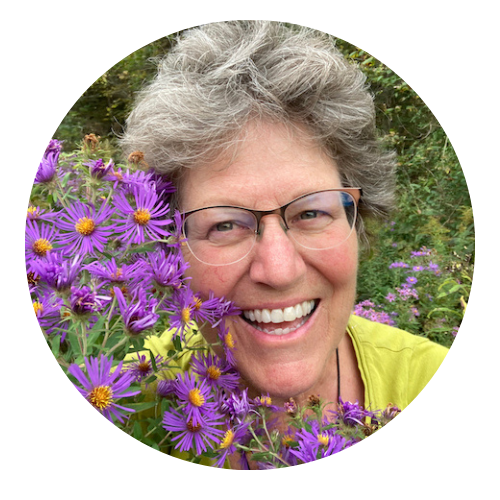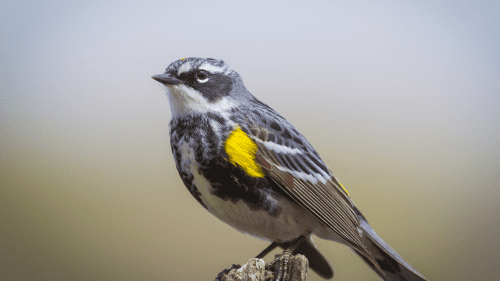CLS: Ornithology
This widget is displayed if cost is set. In order for the widget in this page to be displayed correctly, please set cost for your last event.How to set cost
Celebrate the world of birding this week. Explore the many different species that call Lakeside home or stop on their travels during the migration seasons. – Supported by the Knobel Family Endowment
Martyn & Morgan Drabik-Hamshare
“Around the World with M&M Birding”
10:30 a.m.-12 p.m., Friday, May 26 | Orchestra Hall
Martyn and Morgan Drabik-Hamshare have been birding as a couple since 2014 and married since 2018. Birds have been a big part of their lives together. So much so, they got married at the National Aviary in Pittsburgh. Come hear the story of how they met in South Africa, tales from their birding adventures across three continents and how they’re constantly growing as a birding couple. As residents of Sandusky, they’ll also share some of their local birding experiences and tips for enjoying the area.
Want to join them on another birding adventure? The couple will lead a Bird Walk at 9 a.m. Saturday, June 3. Meet at the Train Station.
Martyn Drabik-Hamshare completed his post-graduate degree in ecology and zoology. He’s an ecologist from England who has been living in Ohio since 2018. His main passions are with reptiles and amphibians, but Marytn has quickly become well-known within the local birding community. He now works as a full-time naturalist, providing nature education and recreational programs for the Erie County community.
PBS Documentary
“Audubon”
3:30-5 p.m. Friday, May 26 | Orchestra Hall
Naturalist and 19th century painter John James Audubon was one of the most remarkable men of early America. The documentary brings to life his timeless paintings with dazzling footage of the living birds he immortalized, and celebrates visually the natural world he described in his writings. Interviews reveal the man, explore his art and put his groundbreaking work in modern perspective.
Becca Mathews
“Spring Migration”
10:30 a.m.-12 p.m., Tuesday, May 30 | Fountain Inn Aigler Room
Birds are all around us in Northwest Ohio every day, but seasonally we can learn a lot about their behavior and the significance to the time of the year. Join Becca Mathews for a recap of spring migration, a time of significant importance in the region surrounding the return of migrating songbirds.
She will also discuss what happens as migration ends and summer breeding and nesting birds remain in the area. Lastly, Mathews will provide a glimpse into fall migration and how it compares to spring. It’s her hope that you leave feeling more connected to birds in Northwest Ohio, even the ones in your own backyard.
Becca Mathews has a degree in environmental biology, but experiencing how inspiring it can be to teach about something you are passionate about hooked her into the field of environmental education. As a photographer primarily focusing on the natural world, connecting people to nature and the environment has always been something that Mathews was passionate about. Now, her passions for the Great Lakes, birds, environmental education and photography all intersect to aid in her role as an educator. With 10 years of experience in the field, Mathews has had the opportunity to teach people of all ages.
Matt Valencic
“Summer Birds of Northeast Ohio”
3:30-5 p.m., Tuesday, May 30 | Fountain Inn Aigler Room
Did you know that more than 50 species of birds travel hundreds, even thousands, of miles each spring just to raise a family in Northern Ohio? One species, the Bobolink, flies 4,500 miles one-way from Paraguay/Uruguay to nest in our hay fields.
This one-hour presentation showcases 50 species of “summer visitors” through 180 photographs of adult birds, babies, nests and habitats. You’ll hear songs and calls, some sweet and musical like the yellow warbler and others harsh like the green heron, and learn many interesting anecdotes about individual species.
“Wetland Birds of the Eastern U.S.”
10:30 a.m.-12 p.m., Wednesday, May 31 | Fountain Inn Aigler Room
Wetlands are highly productive ecosystems that support aquatic and terrestrial plants and animals. They provide a nesting habitat for many species in the summer and a resting/feeding habitat for migrating waterfowl and passerines in the spring and fall. This presentation showcases iconic wetland species like egrets, herons, ibis and rails along with raptors, waterfowl, warblers and more through 250+ photographs. There’s even a bonus section presenting insects, reptiles, amphibians and mammals that make their homes in wetlands.
“Raptors”
3:30-5 p.m., Wednesday, May 31 | Fountain Inn Aigler Room
Raptors are predator birds whose food includes other birds, mammals, fish, reptiles, amphibians, large insects and sometimes even each other!. We know them as eagles, hawks, falcons and owls. Some live here year-round (10) while others visit only during summer (2) or winter (7). Learn how they’re similar and how their specializations allow them to sometimes share the same habitats.
Matt Valencic started chasing birds in 1974 while a student at the College of Environmental Science and Forestry. He has a BS in forest biology and spent his career in science-based technical sales, all related to biological system of animals and people. He retired in 2015 and immediately joined an Audubon Chapter where he started creating bird programs from his catalog of bird pictures. The most important message he wishes to share is that all of nature, plants, animals and water, are inextricably tied together. It’s our responsibility to be good stewards and protect what is whole and repair that which is damaged.
Back to the Wild
“Lunch & Learn: Wildlife Rehab”
12:30-1:15 p.m., Thursday, June 1 | Train Station Patio
Bring your lunch and learn fun facts from Back to the Wild Wildlife Rehabilitation & Nature Education Center on Thursday, June 1 at 12:30 p.m. at the Train Station Patio.
Back to the Wild is a 501(c)3 nonprofit organization that rescues 2,500+ animals every year and seeks to heal them and get them back to where they belong: the wild. Mona Rutger, who founded Back to the Wild in 1990, realized early on that an overwhelming majority of the animals they rescued were injured by human carelessness. It became clear to them that they had to adjust their mission.
Today, with the help of wildlife ambassadors, Back to the Wild goes into the community and talks to around 50,000 people each year about wildlife conservation. With props and animal ambassadors, this session is sure to inspire curiosity for the natural word.
Elizabeth J. Rosenthal
“Author of Birdwatcher: The Life of Roger Tory Peterson”
3:30-5 p.m., Thursday, June 1 | Orchestra Hall
Roger Tory Peterson, the classic self-made American, was a man for all seasons and eras. Best known as the father of the popular field guide to birds, his impact went beyond the study of birds to the study of all of natural history. He accomplished these things through his Peterson guides, but also through his groundbreaking work with what used to be known as the National Association of Audubon Societies, as well as with the National Wildlife Federation and as a co-founder of the World Wildlife Fund.
Peterson was the world’s guru to birds and all aspects of nature through his prolific photography, writing, teaching and painting. With only a high school education plus art study, he became renowned as an expert and a leader not only in the study of birds and natural history, but as the first conservationist and environmentalist to whom everyone turned, educating and inspiring multiple generations in the process.
Remarkably, without a college degree, Peterson served as Vice President of the American Ornithologists’ Union for three decades. The most esteemed scientists, including Sir Julian Huxley, considered him their equal. In 1980, Peterson was perhaps the first naturalist, along with Rachel Carson, to receive the Presidential Medal of Freedom.
Peterson led innumerable people on bird and nature walks, including schoolchildren, royalty and even a young pre-Silent Spring Rachel Carson. His international reach included intimate friends in Britain, Europe and Africa, as well as expeditions to South America and the Antarctic. In the latter category was Lars Lindblad, eco-tour pioneer with his Lindblad Explorer, which Peterson helped launch.
Among Peterson’s close British friends were Sir Peter Scott, son of Antarctic explorer Sir Robert Falcon Scott; Keith Shackleton, nephew of Antarctic explorer Sir Ernest Shackleton; and his best friend on any continent, the scholarly ornithologist James Fisher, who traveled across America with Peterson and co-authored the acclaimed and influential book, Wild America.
Although Peterson died in 1996, his work remains at least as relevant today as it was during his lifetime, as we see the rampant use of new, unregulated pesticides and the often-unchecked clearing of crucial habitat for birds and other living things.
Elizabeth Rosenthal was born in Manhattan and grew up in the Bronx and Rockland County, New York. She graduated magna cum laude with a newspaper-journalism degree in 1982 from Syracuse University’s Newhouse School of Public Communications. Then Rosenthal attended Rutgers-Camden School of Law, receiving the Am Jur Award for constitutional law and graduating with honors in 1985. Subsequently, she was admitted to the bars of New York, New Jersey and Pennsylvania. In 1986, she married Stanley Shur, another Rutgers law graduate. A longtime legal liaison for the New Jersey Civil Service Commission, Rosenthal retired in July 2015. She later became a Trustee of the Historical Society of Moorestown (NJ).
Rosenthal’s His Song: The Musical Journey of Elton John became the first Elton John biography translated into the Russian language. Her next book was the acclaimed Birdwatcher: The Life of Roger Tory Peterson, which forms the basis of her presentation at Lakeside. Her upcoming biography of the late jazz drummer, Gene Krupa, will be published by Kensington Publishing.
Julie Zickefoose
“Baby Birds: An Artist Looks into the Nest”
10:30 a.m.-12 p.m., Friday, June 2 | Orchestra Hall
Why and how do baby songbirds develop so quickly, some launching into flight only 11 days after hatching? In 2002, Julie Zickefoose began to draw and paint wild nestlings day by day, bearing witness to their swift growth. Over the next 13 years, Zickefoose would document the daily changes in 17 bird species from hatching to fledging.
Baby Birds is the enchanting result, with more than 500 life studies that hop, crawl and flutter through its pages. In this talk, Zickefoose shares her influences as well as her artistic process, a must-see for the aspiring natural history artist. Art and science blend in every Zickefoose pursuit, as the scientist’s relentless curiosity joins the artist’s quest for beauty. The work, wonder and fun of studying nestlings, including being foster mother to orphaned hummingbirds, chimney swifts and bluebirds, makes for an irresistible and highly inspirational presentation.
Naturalist/artist/writer Julie Zickefoose thinks of herself as an unsung, minor, rather dirty superhero. Her superpower: saving small, economically worthless wildlife that would otherwise die. An orphaned jay named Jemima was one such foundling. Spending nearly a year healing, studying and raising the young blue jay for release opened the door to their world for Zickefoose.
She began writing and illustrating Saving Jemima: Life and Love With a Hard-luck Jay immediately upon becoming her foster mother. More than a wildlife rehab story, it’s the story of life, love and dealing with great loss; of finding grace and redemption in bonding with a wild bird.

